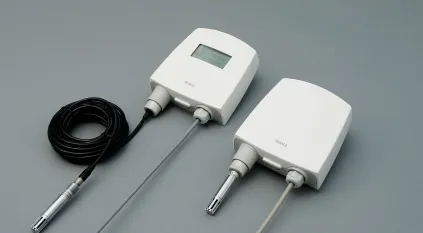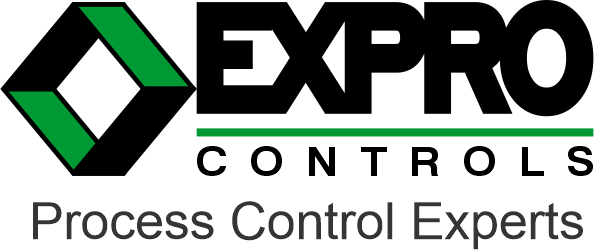
What is Relative Humidity?
Before learning how measuring relative humidity impacts your life, you will need a base understanding of what relative humidity is. Humidity and relative humidity are often viewed as interchangeable, but they are not the same. Humidity is the measure of the amount of water vapor in the air. Relative humidity is the measure of the amount of water in the air in relation to the maximum amount of water vapor (moisture). Two fundamental principles of relative humidity are that the higher the temperature, the more water vapor the air can hold. If relative humidity is 50 percent, the air contains 50 percent of the water vapor that it could potentially hold at that temperature. If you increase the temperature the amount of water vapor that the air can hold increases. Thus, the relative humidity decreases. As pressure decreases, the relative humidity decreases, and as pressure increases, relative humidity increases.
Why Measure Relative Humidity?
Relative humidity impacts health and safety, product quality, and process efficiency.
- Health and Safety: High humidity levels can result in mold growth, dust mites, and other allergens that trigger respiratory issues. Low humidity levels can cause dry skin, throat irritation, and respiratory discomfort.
- Product Quality: Humidity plays an important factor in the pharmaceutical, food and beverage, and paper production industries. Controlling humidity is essential to ensure that the stability and quality of pharmaceutical formulations stay consistent both during and after manufacturing. The food processing industry measures humidity because it is used to prevent spoilage, maintain food quality, and control the growth of microorganisms, which are especially important in industries such as baking, confectionery, and dairy processing. Maintaining stable humidity in the paper production industry is essential for preventing paper curling, warping, and other quality issues.
- Process Efficiency: HVAC systems in industrial facilities need to consider humidity levels for energy-efficient operations. Improper humidity control can lead to increased energy consumption and decreased HVAC system efficiency.
How to: Measuring Relative Humidity
Measuring relative humidity is done through numerous way, provided below are some examples:
- Psychrometers
- A psychrometer works by comparing the difference in temperature between a dry thermometer bulb and a wet thermometer bulb that has lost some of its moisture through evaporation. It is important to note that a psychrometer is a type of hygrometer, but not all hygrometers are psychrometers. The psychrometer is more relevant in medical institutions and industrial premises.
- Hygrometer
- A hygrometer is a device that measure the amount of water vapor in the air, known as humidity. They operate by using the phenomenon known as evaporative cooling. When water evaporates from a surface, it becomes cold because the water molecules absorb heat from the surface during the process of evaporation. Due to this effect, the wet bulb consistently exhibits a lower temperature than the dry bulb. Interestingly, if the humidity is 100% there is no cooling effect, and both the wet and dry bulb read the same temperature. Hygrometers are more relevant in domestic uses.
- Capacitive Humidity Sensor
- After the invention of the transistor, the first electrical humidity sensors were developed. The sensors were based on measuring electrical resistance, a material would absorb water vapor and the resistance changed accordingly. The modern capacitive humidity sensor consists of a polymer which reacts with the water vapor in the air, along with two electrodes, one on each side of the polymer. As the humidity in the air changes the polymer will absorb and release water vapor, which changes the electrical capacitance of the sensor. The changes in the capacitance are measured by the two electrodes. The information is then communicated to a transmitter that interprets and transmits the reading. This type of sensor has proven to be very predictable and reliable long term. Capacitive humidity sensors are more accurate and require less maintenance than psychrometers and hygrometers resulting in them dominating the industry, however sling psychrometers and chilled mirror hygrometers still have use in certain applications.
